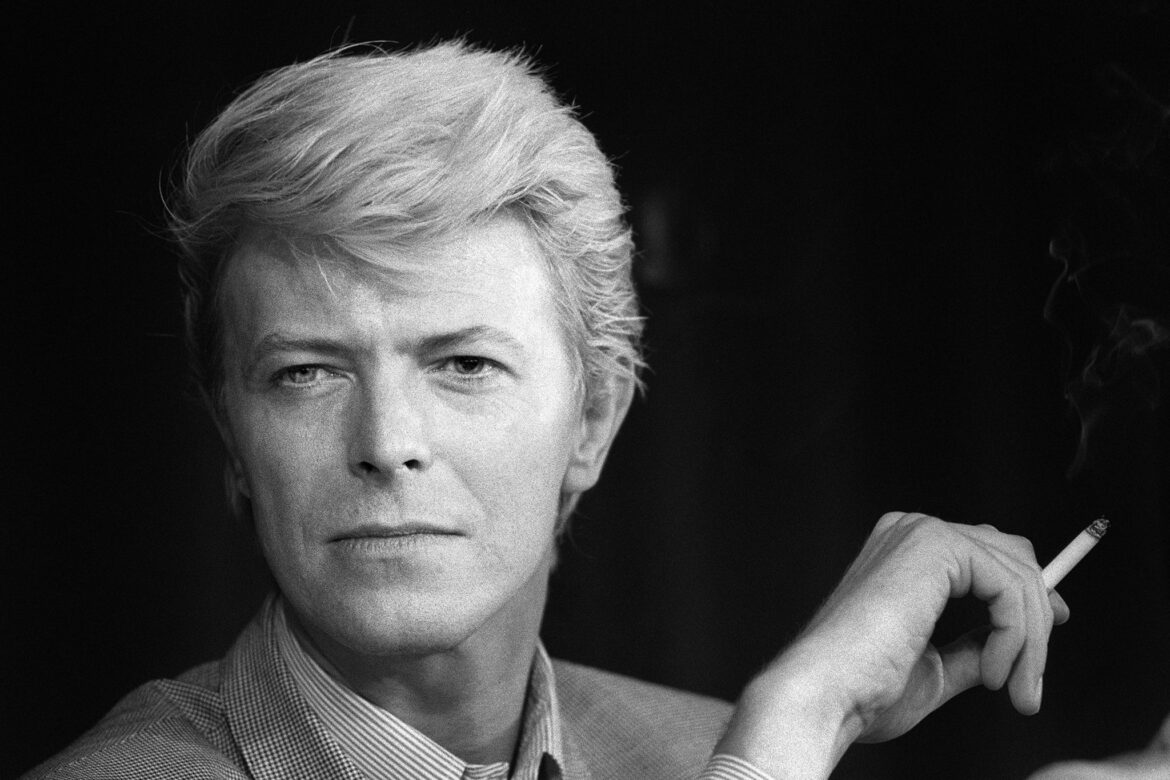
David Bowie was a transformative figure in music, fashion, and culture, whose career spanned over five decades. Born David Robert Jones on January 8, 1947, in Brixton, South London, his life was defined by constant reinvention, experimentation, and artistic innovation. From his early days as a teenager fascinated by rock ‘n’ roll, to his final album, released just days before his death in 2016, Bowie left an indelible mark on the cultural landscape.
Early Life and Musical Beginnings
Bowie grew up in a working-class family and developed an early interest in music, theater, and the visual arts. His father, a promotions officer for a charity, introduced him to American rock and roll music, including Little Richard and Elvis Presley, sparking young David’s imagination. By the age of 13, he was playing the saxophone, inspired by jazz musicians and the blossoming British rock scene.
He formed his first band, The Konrads, in 1962, but it wasn’t until the late 1960s that he began to develop the persona that would make him famous. After a string of unsuccessful singles under various stage names, he finally settled on “David Bowie” to avoid confusion with Davy Jones of The Monkees. His first major success came in 1969 with the release of the single “Space Oddity,” which coincided with the Apollo 11 moon landing and became a global hit. The song marked the emergence of Bowie as a serious artist, combining science fiction, surrealism, and existential themes.
Rise to Stardom: Ziggy Stardust and the 1970s
David Bowie’s major breakthrough came with the 1972 release of The Rise and Fall of Ziggy Stardust and the Spiders from Mars. This album introduced the world to Ziggy Stardust, an androgynous, alien rock star who embodied the glam rock movement that was sweeping Britain. Bowie, with his flamboyant costumes, makeup, and unique stage presence, pushed the boundaries of gender and sexuality, becoming a symbol of freedom and individuality for many.
Ziggy Stardust was both a character and a reflection of Bowie’s own internal struggles with fame, identity, and self-expression. The album’s songs, including hits like “Starman” and “Suffragette City,” were a mixture of glam rock, proto-punk, and theatrical ballads, and they established Bowie as a major figure in rock music.
Following the success of Ziggy, Bowie continued to reinvent himself. His 1975 album, Young Americans, marked his exploration of soul music, which Bowie dubbed “plastic soul.” The lead single, “Fame,” co-written with John Lennon, became his first number-one hit in the United States. During this period, Bowie also began to experiment with more electronic and avant-garde sounds, foreshadowing his future work.
The Berlin Trilogy and Artistic Evolution
The late 1970s saw one of the most important and experimental phases of David Bowie’s career. In 1976, he moved to Berlin to escape the pressures of fame and a debilitating addiction to cocaine. In Berlin, he collaborated with musicians like Brian Eno and Iggy Pop, creating a trilogy of albums that would become some of his most critically acclaimed works. Low (1977), “Heroes” (1977), and Lodger (1979), known collectively as the “Berlin Trilogy,” were characterized by their minimalist production, avant-garde structures, and a mix of electronic and rock music. The track “Heroes” from the album of the same name became one of Bowie’s most iconic songs, symbolizing defiance, hope, and human resilience.
During his Berlin years, Bowie shifted away from the more commercial glam rock sound and embraced a colder, more experimental approach to music. These albums were groundbreaking in their use of synthesizers, ambient soundscapes, and abstract lyricism, and they influenced countless artists, especially in the post-punk and new wave movements that emerged in the late 1970s and early 1980s.
Mainstream Success: The 1980s and Beyond
In the 1980s, David Bowie achieved commercial success on an unprecedented scale with the release of Let’s Dance (1983). The album, produced by Nile Rodgers, featured a more polished, radio-friendly sound and included hits like “Let’s Dance,” “China Girl,” and “Modern Love.” Bowie’s image during this time was sleek, stylish, and sophisticated, and the album’s success brought him mainstream appeal, especially in the U.S.
However, despite the commercial triumphs of the early 1980s, Bowie soon grew disillusioned with his mainstream image. He spent much of the late 1980s experimenting with different musical directions but struggled to replicate the creative highs of his earlier work. In the 1990s, he returned to his more experimental roots with albums like Outside (1995) and Earthling (1997), which incorporated industrial rock, drum and bass, and electronic music, showcasing Bowie’s desire to remain on the cutting edge of contemporary music.
Late Career and Final Masterpiece
David Bowie remained an active artist into the 21st century, continuing to explore new musical territories. His 2002 album, Heathen, and its 2003 follow-up, Reality, were critically praised and saw Bowie reclaiming his status as a musical innovator. However, in 2004, after suffering a heart attack during his “Reality” tour, Bowie largely withdrew from public life.
For almost a decade, Bowie kept a low profile, with many fans believing he had retired from music. However, in 2013, he surprised the world with the release of The Next Day, his first album in ten years. The album was well-received and marked a triumphant return for the artist.
In 2015, Bowie began working on what would be his final album, Blackstar. Released on his 69th birthday, January 8, 2016, the album was a haunting and avant-garde departure, blending jazz, rock, and experimental sounds. The lyrics, especially in songs like “Lazarus,” seemed to allude to death and resurrection, though fans at the time didn’t fully understand their significance.

Death and Legacy
On January 10, 2016, two days after the release of Blackstar, David Bowie died of liver cancer. He had kept his illness a secret from the public, and the world was shocked by his sudden passing.
Bowie’s death turned Blackstar into a profound artistic statement, a final reflection on mortality, art, and the enigmatic life of an artist who had always been one step ahead of the curve.
David Bowie’s legacy is immense. His influence extends far beyond music; he changed the way people think about identity, gender, and self-expression. Artists as diverse as Lady Gaga, Madonna, Trent Reznor, and even Kanye West have cited Bowie as an influence. He was a cultural chameleon, a pioneer of glam rock, a harbinger of punk, a visionary in electronic music, and a master of reinvention. Bowie left behind a body of work that will continue to inspire and challenge artists for generations to come.
In his death, as in his life, David Bowie remained a mystery—an artist who never stopped challenging conventions and pushing the boundaries of what it means to be human. His death may have been the final chapter, but his music and legacy remain timeless.
Check out David Bowie on Amazon by clicking here.
.


Pingback: Herbie Flowers died September 5, 2024 - Dead Musicians
Pingback: Chris Cross died March 25, 2024. - Dead Musicians
Pingback: Steve Harley died March 17, 2024 - Dead Musicians
Pingback: George Michael died December 25, 2016 - Dead Musicians
Pingback: Queen Legend Freddie Mercury died November 24, 1991 - Dead Musicians
Pingback: Mick Ralphs died June 23, 2025. - Dead Musicians